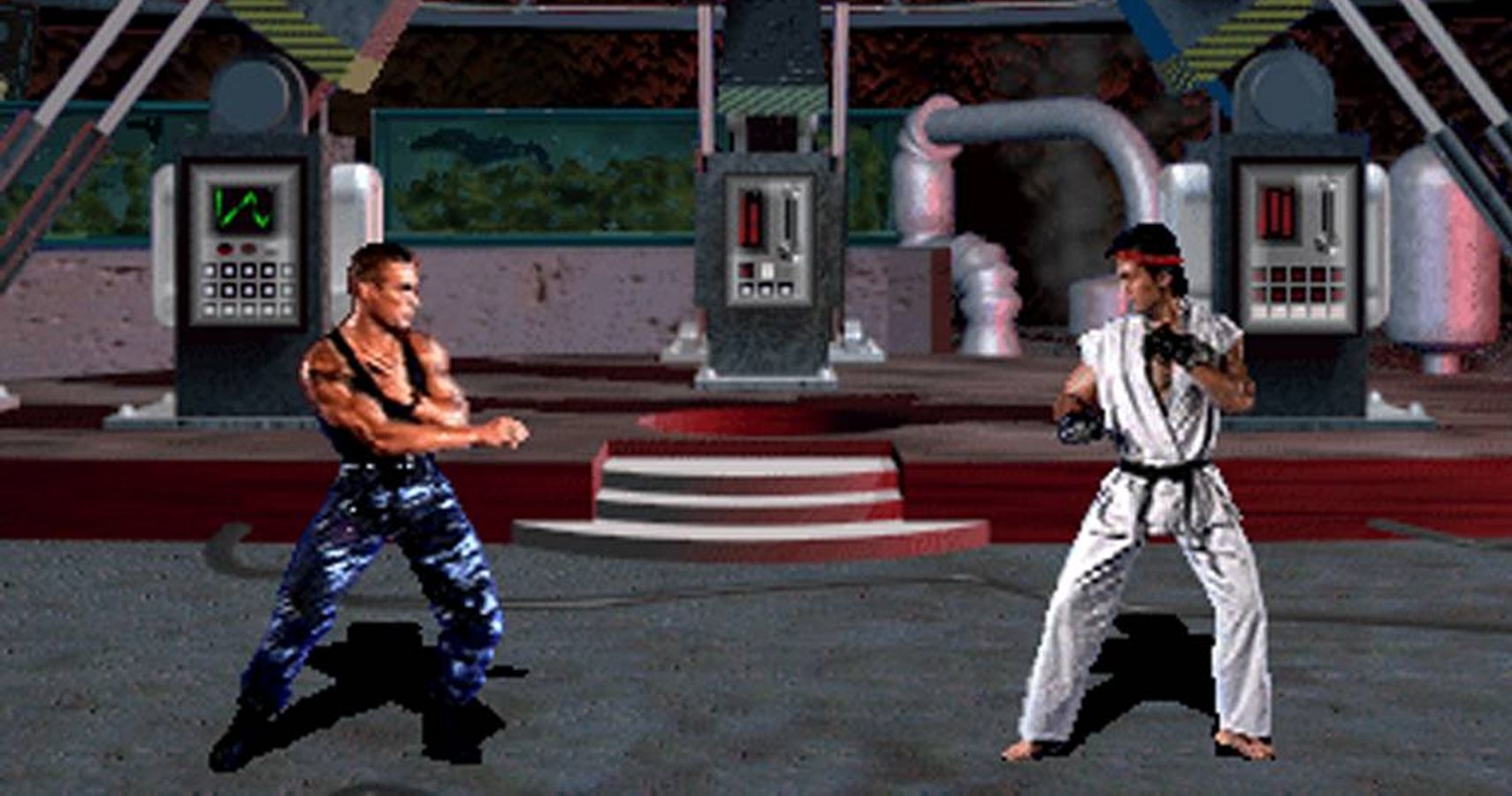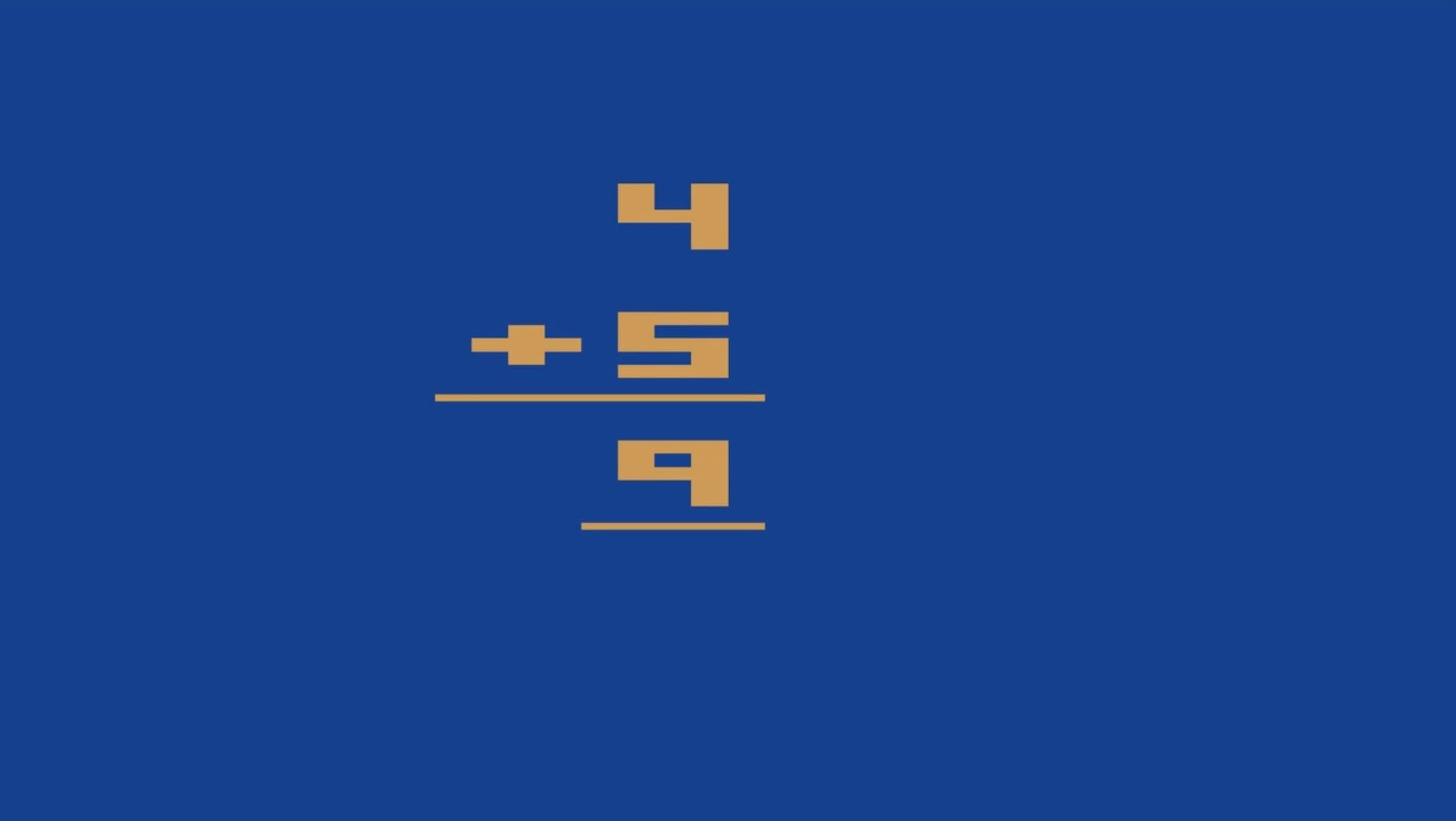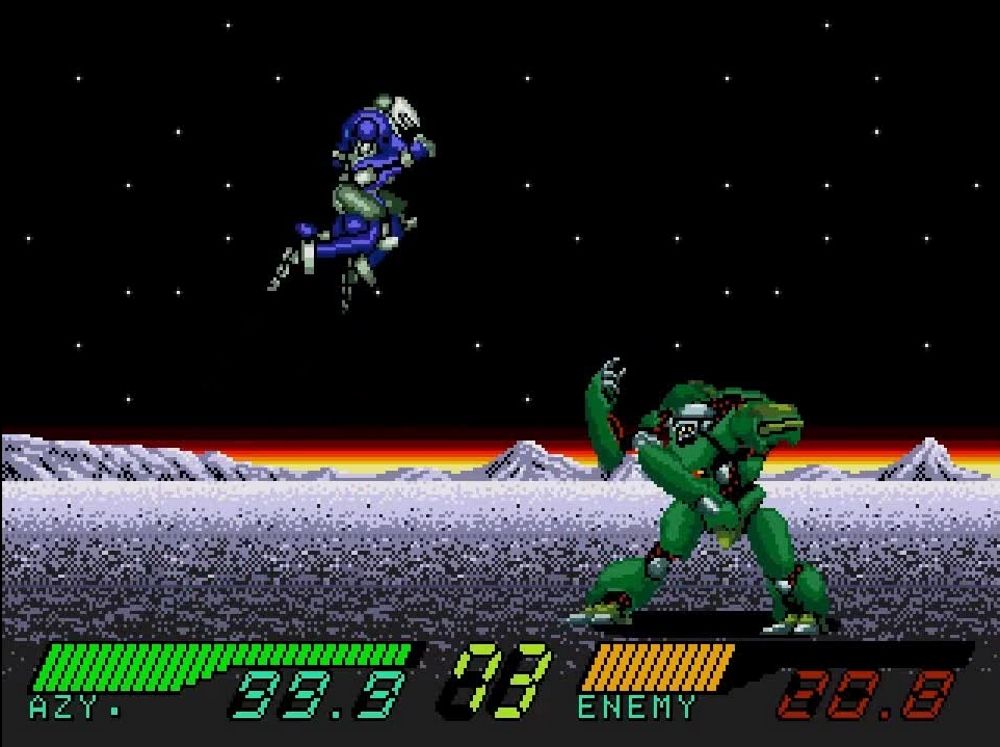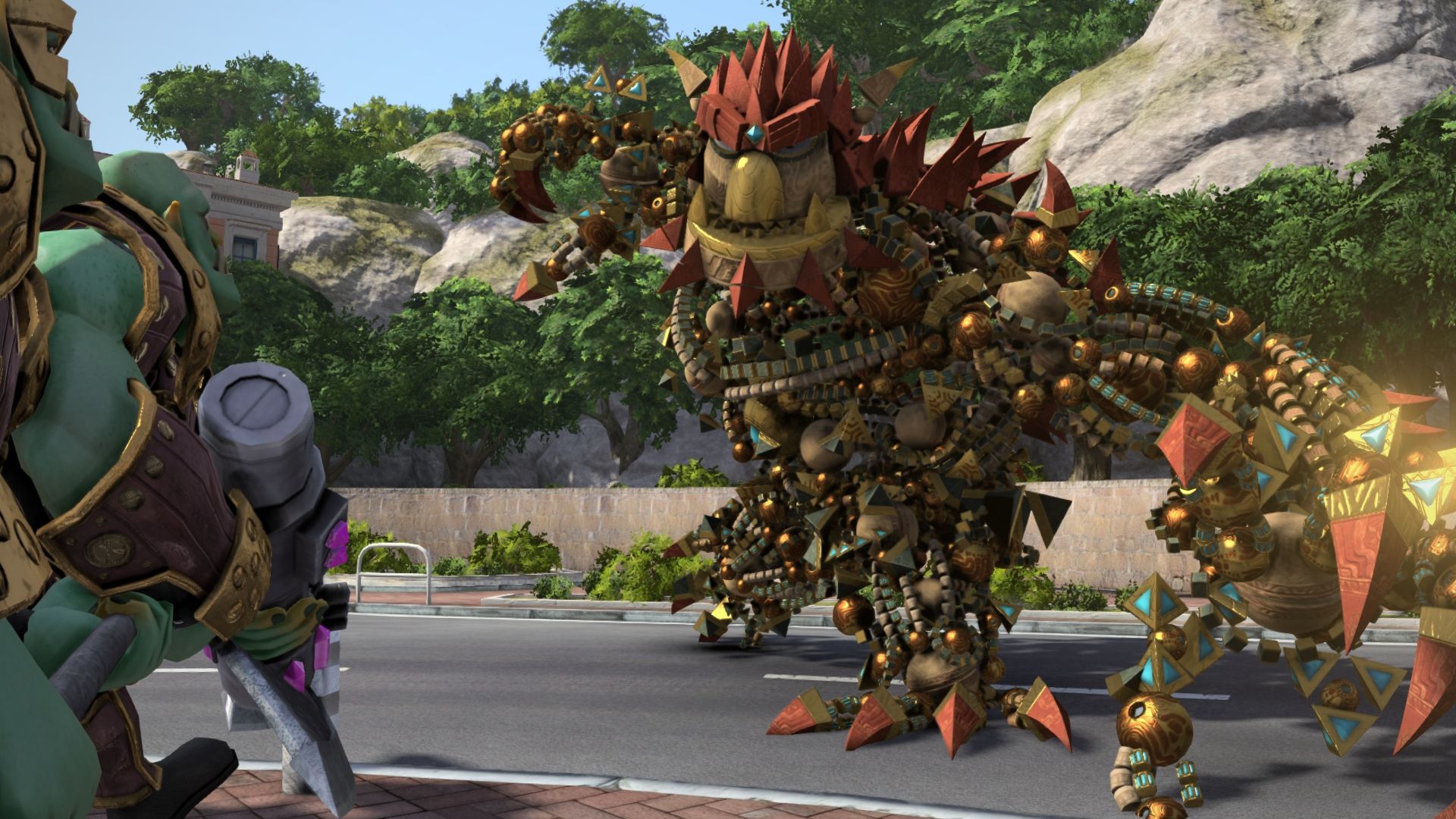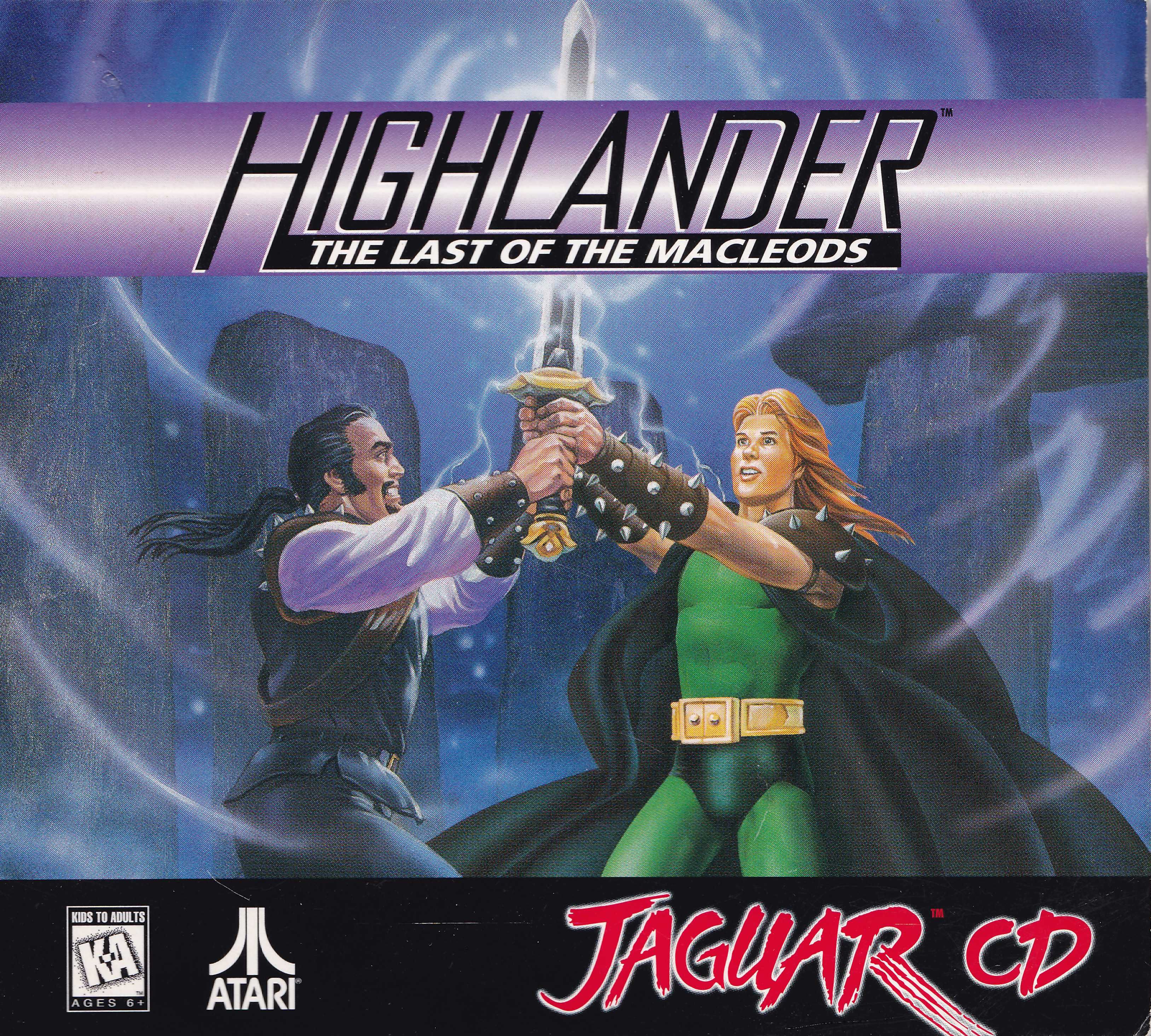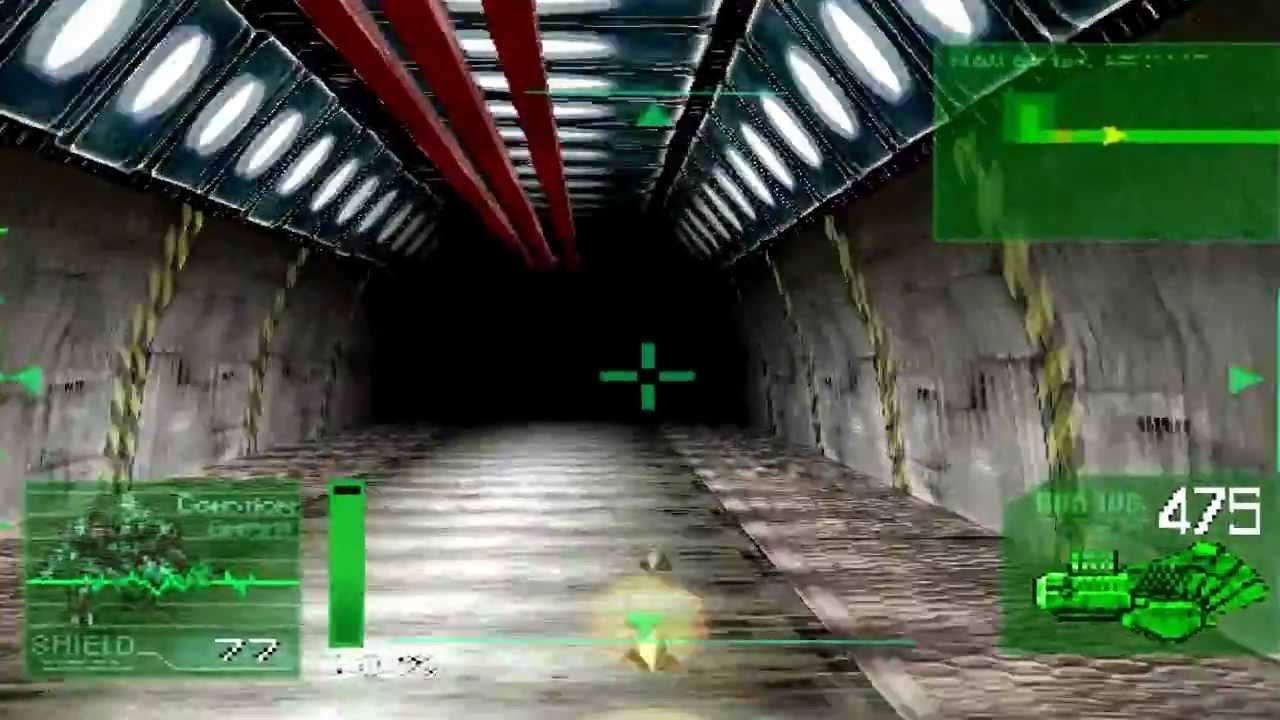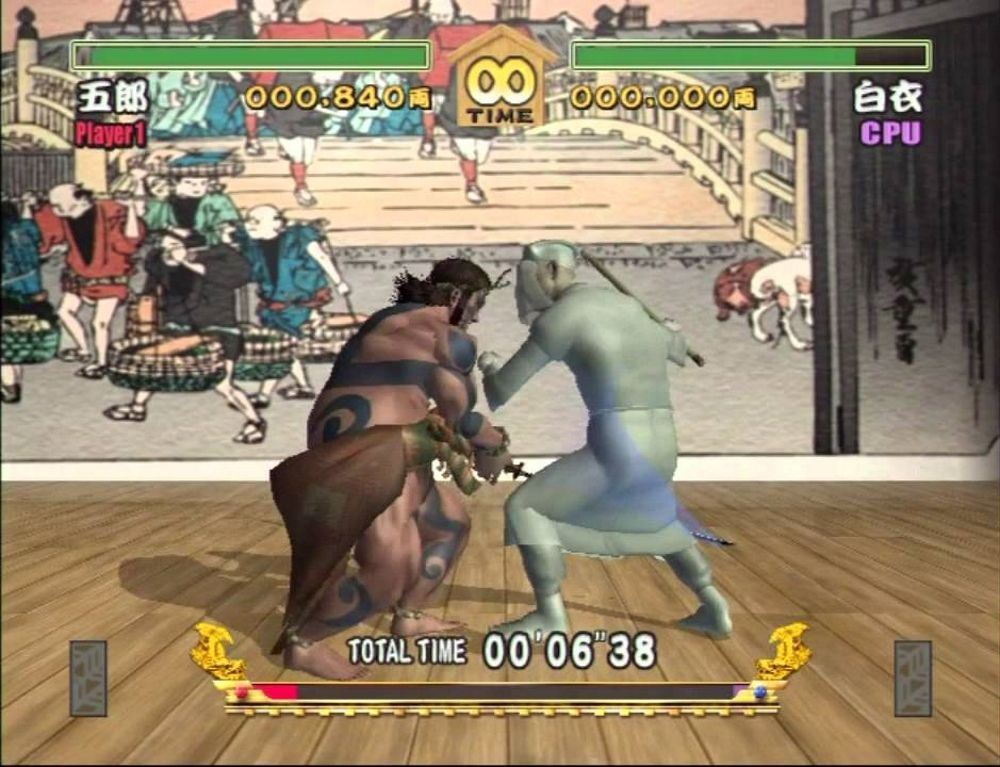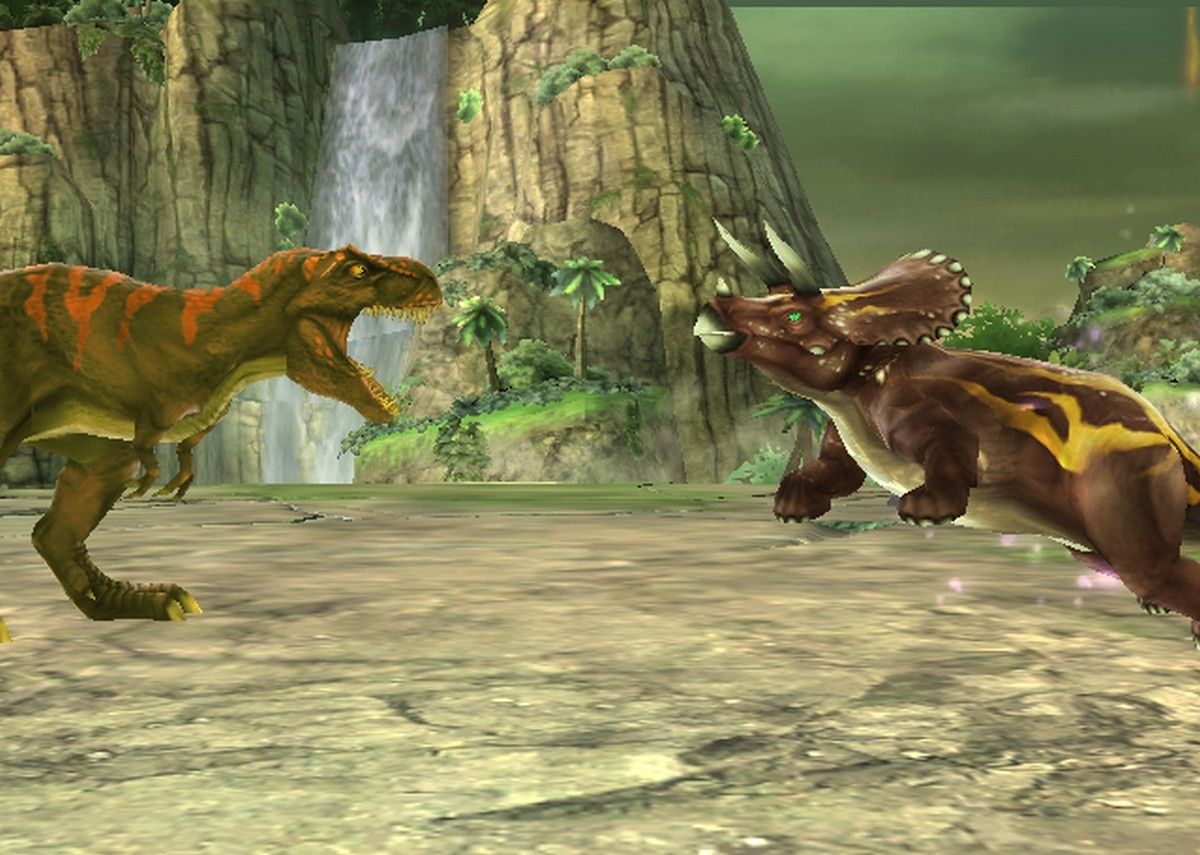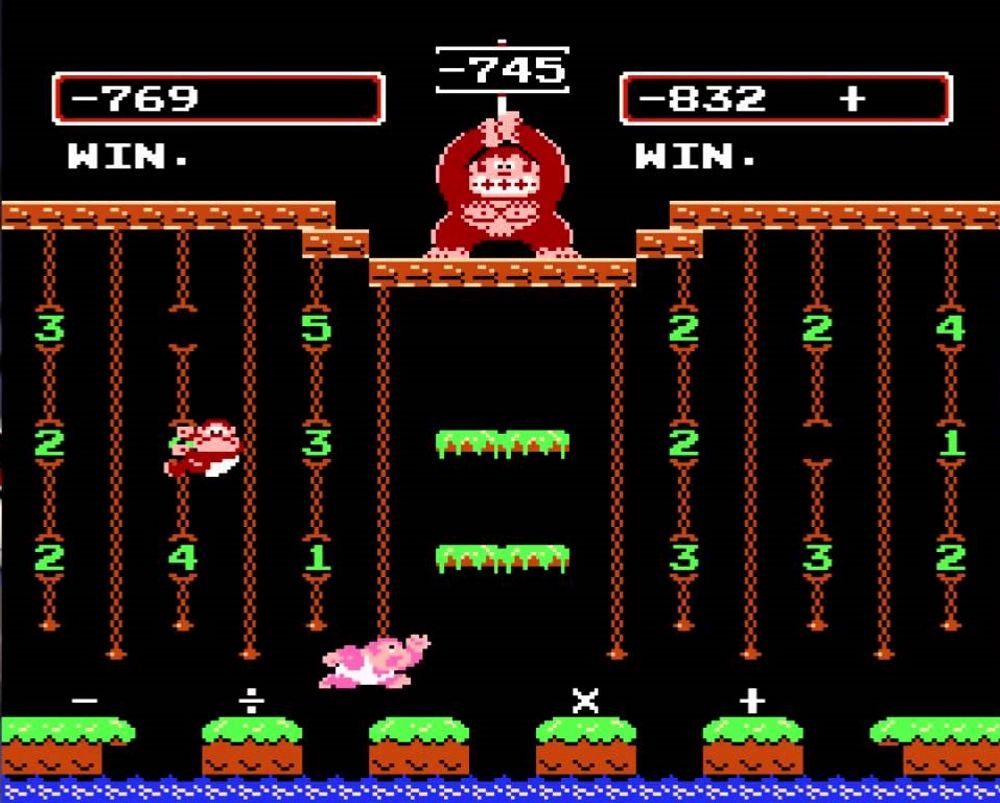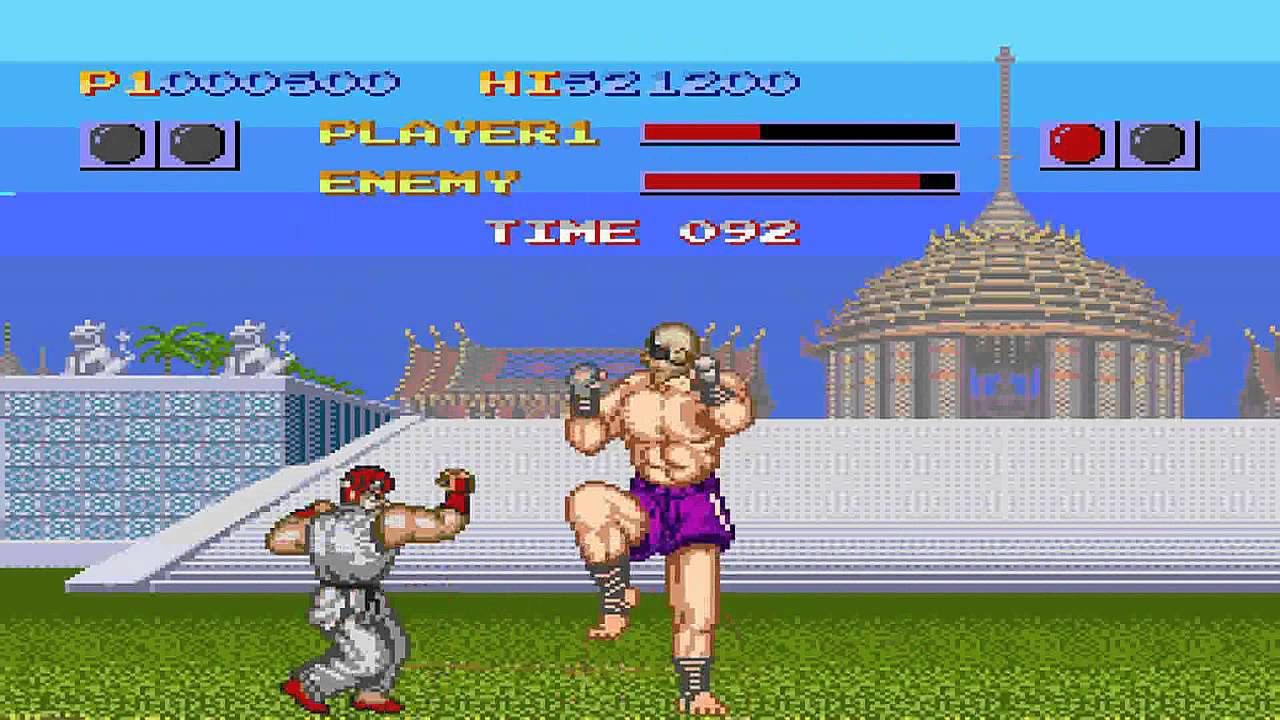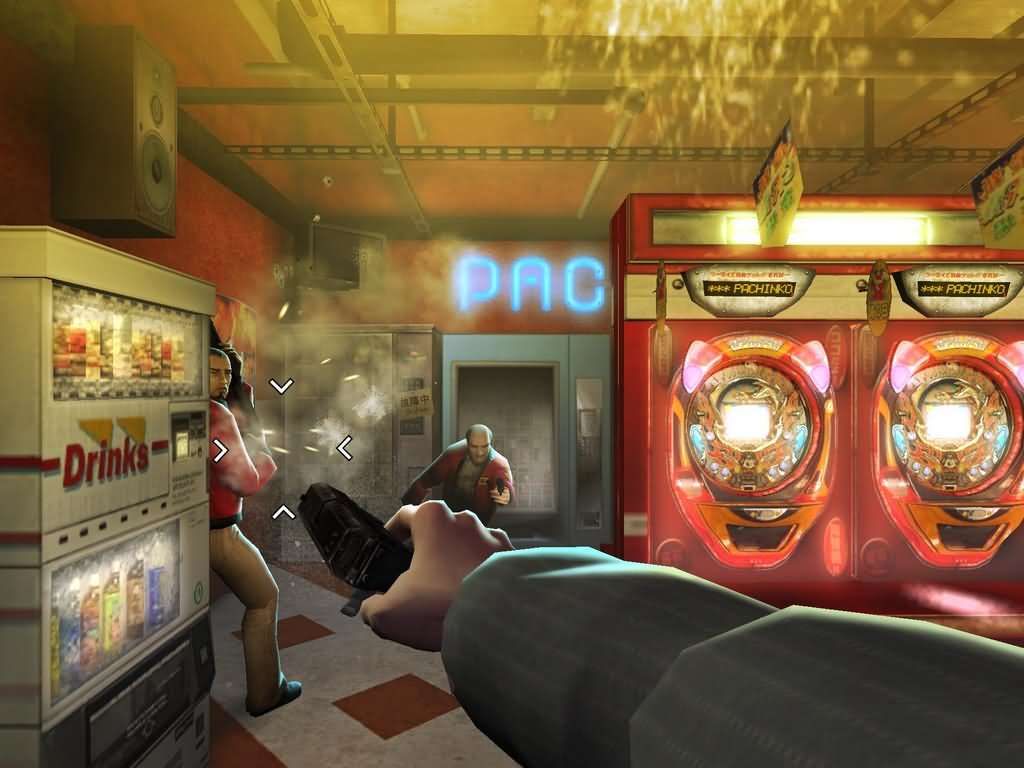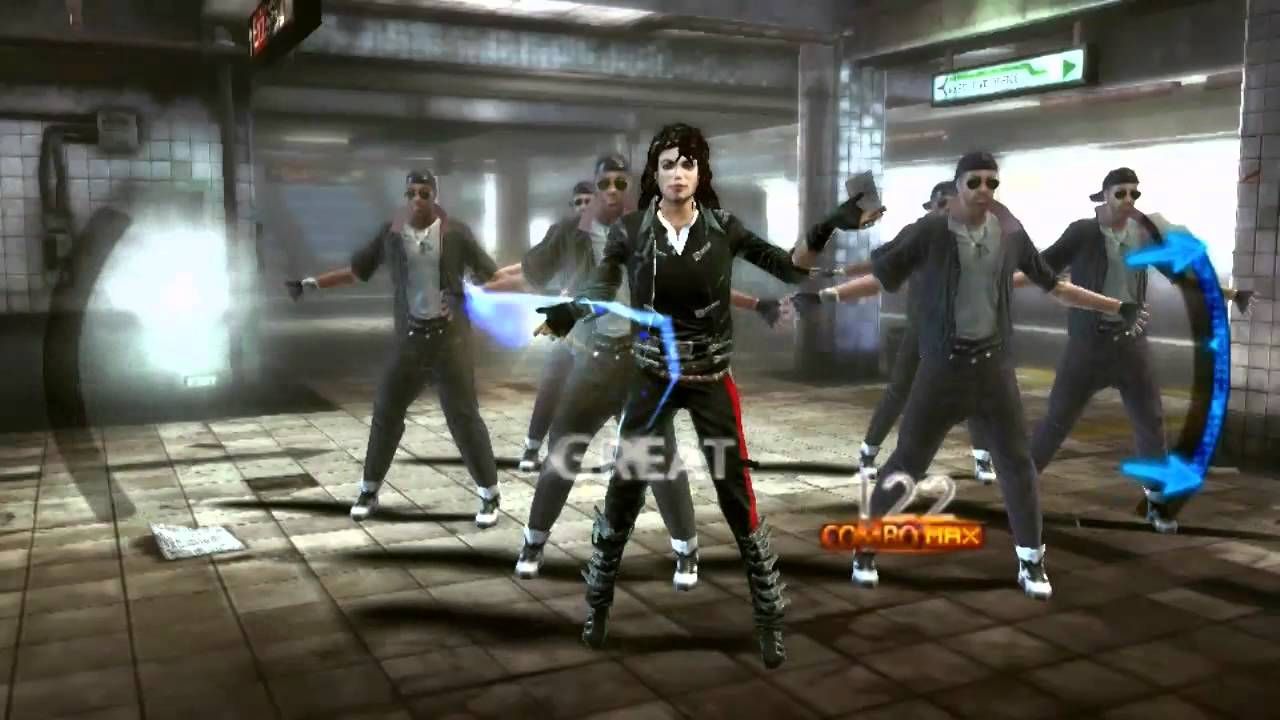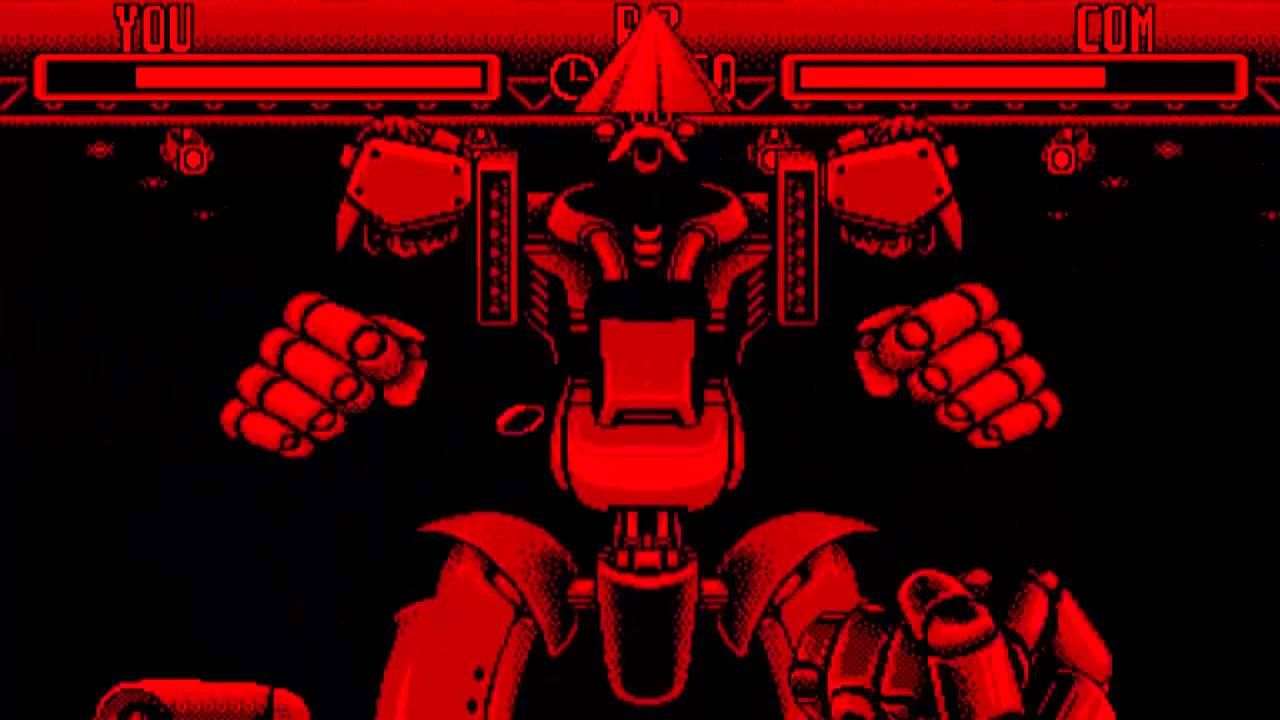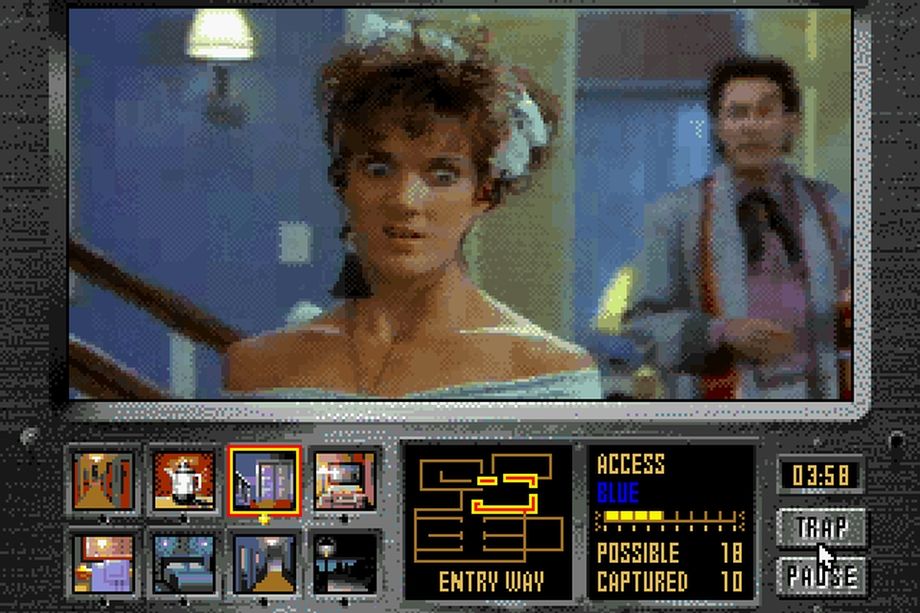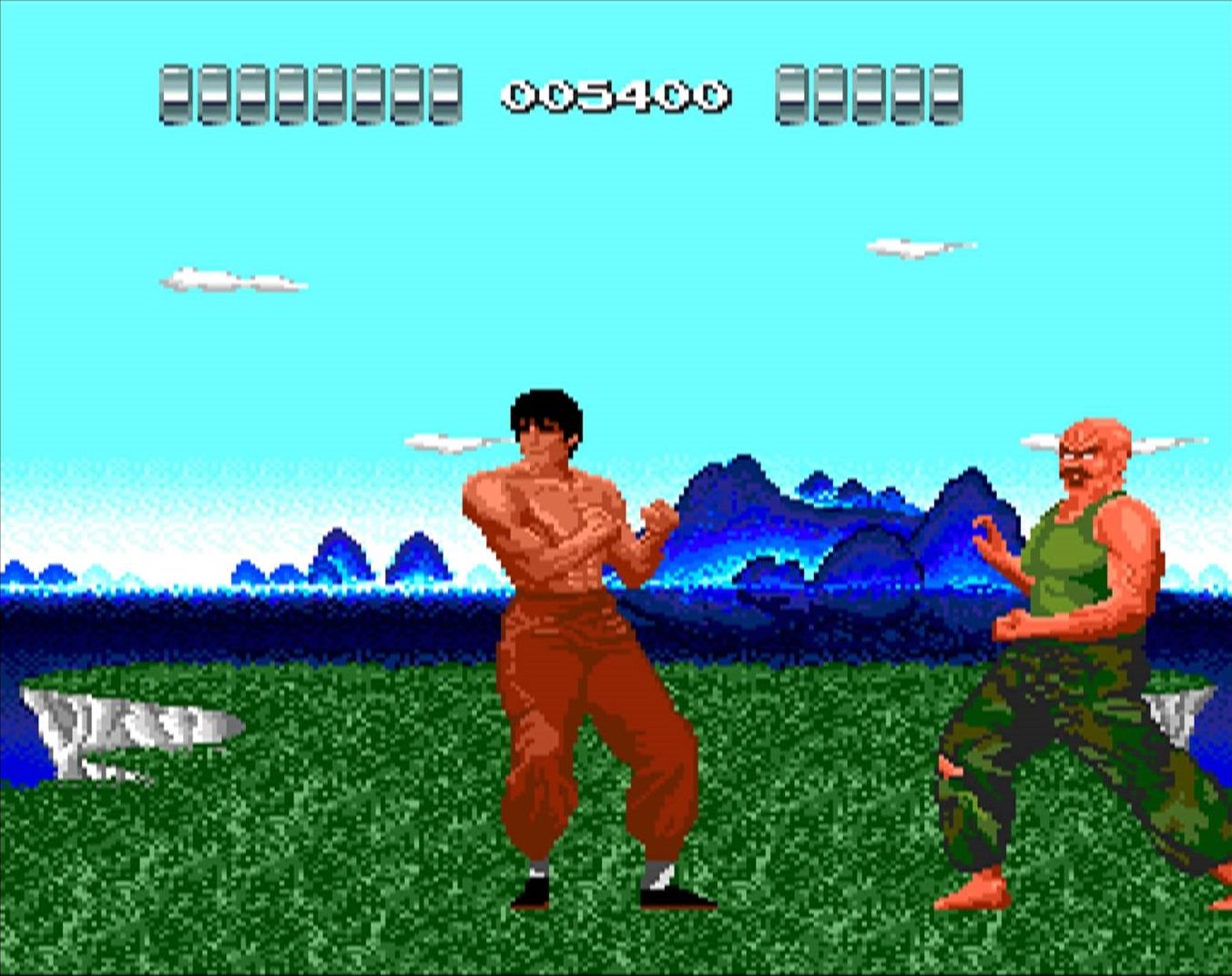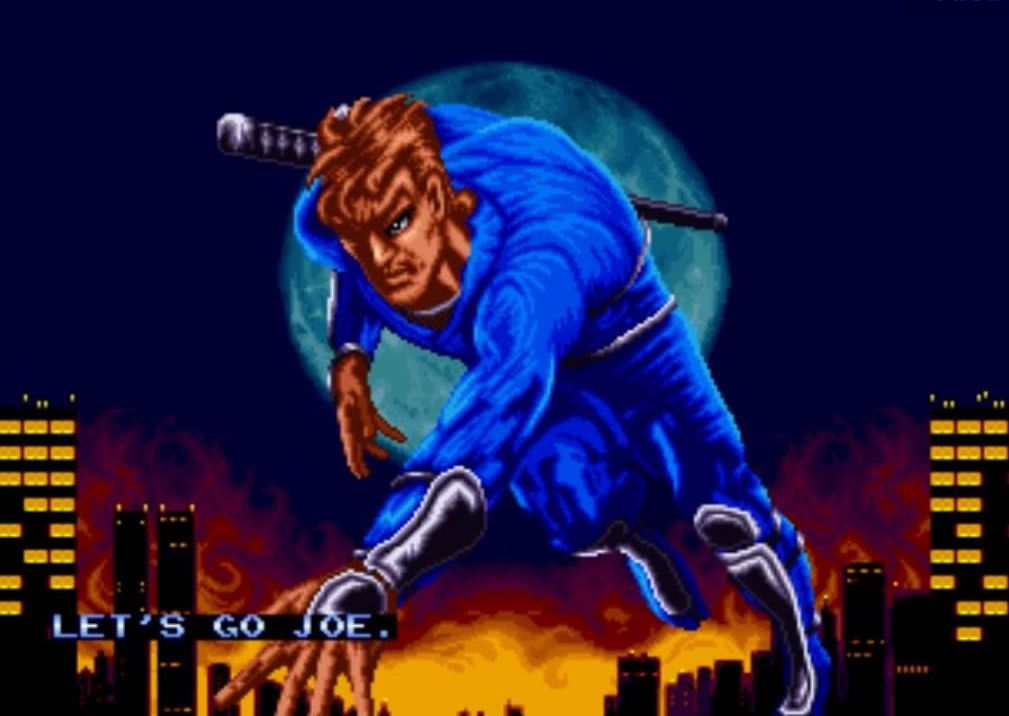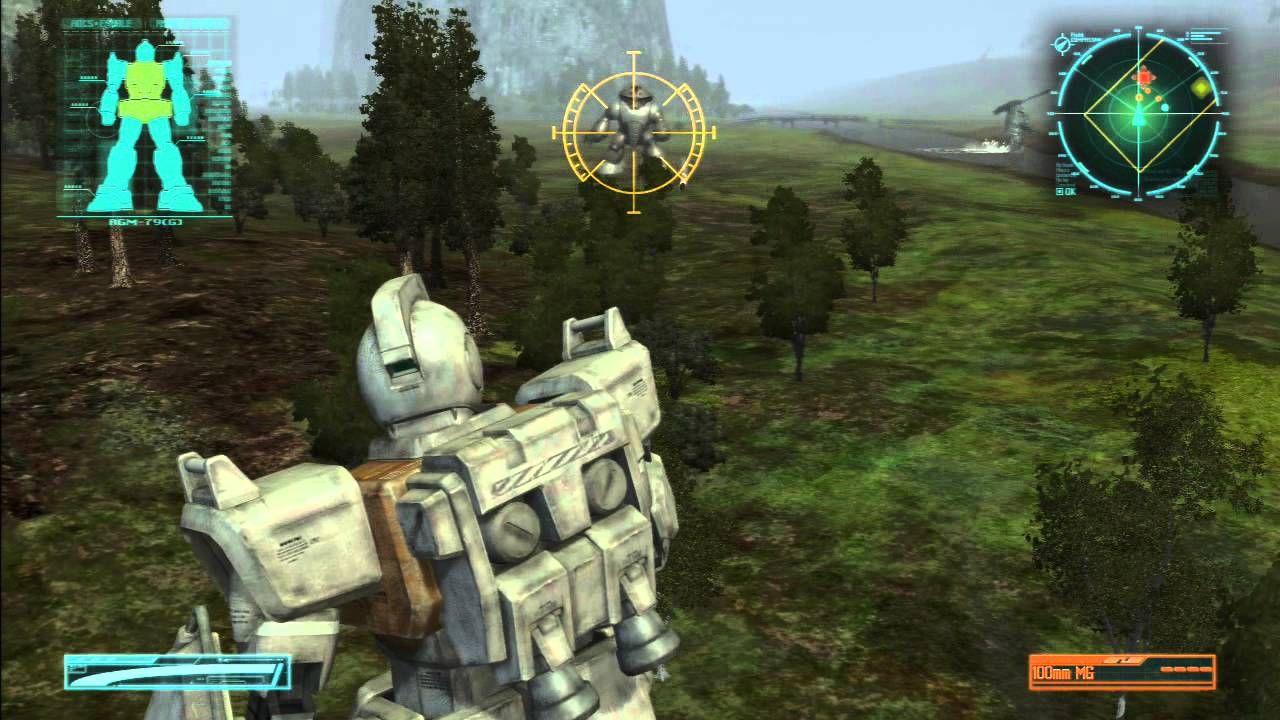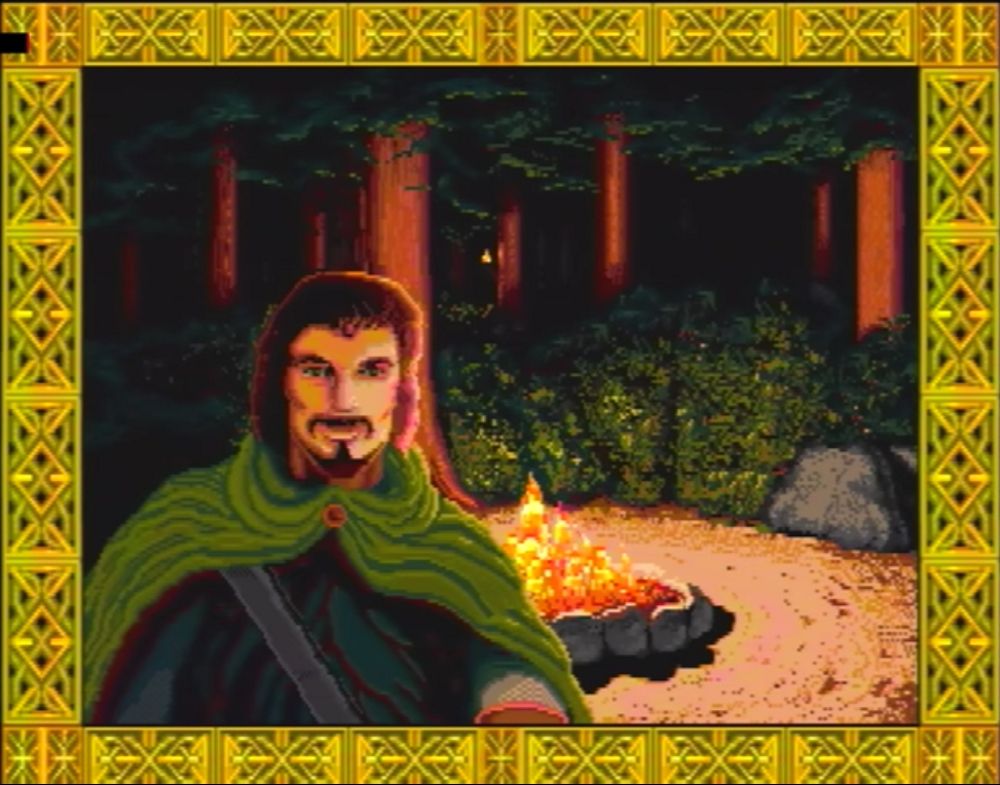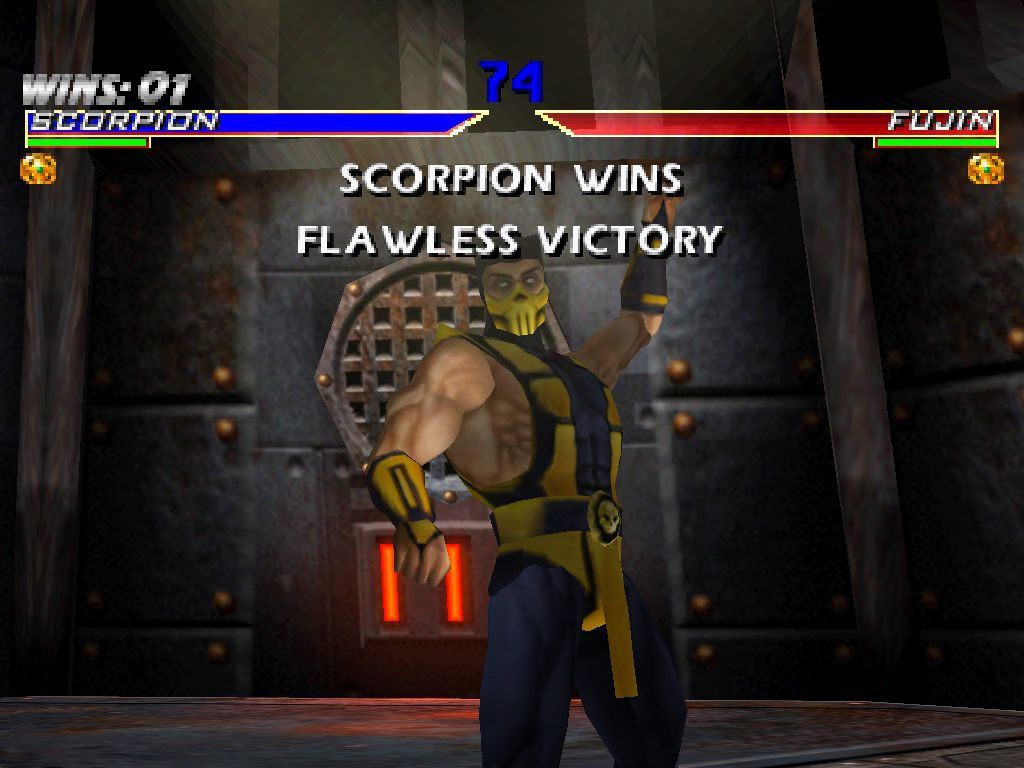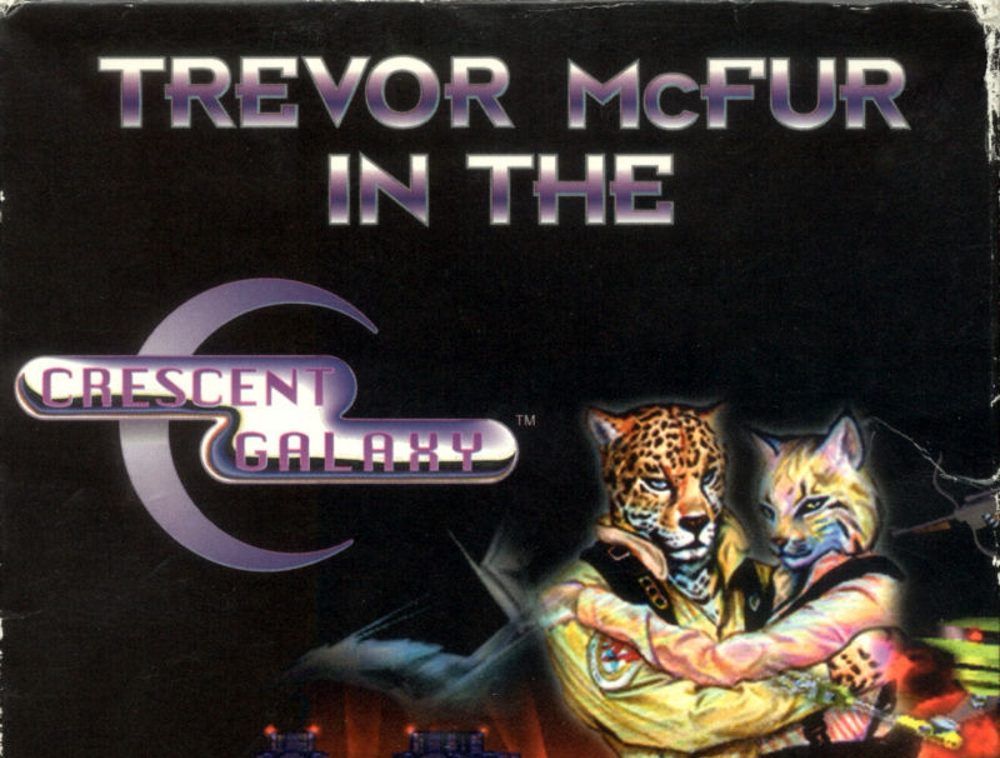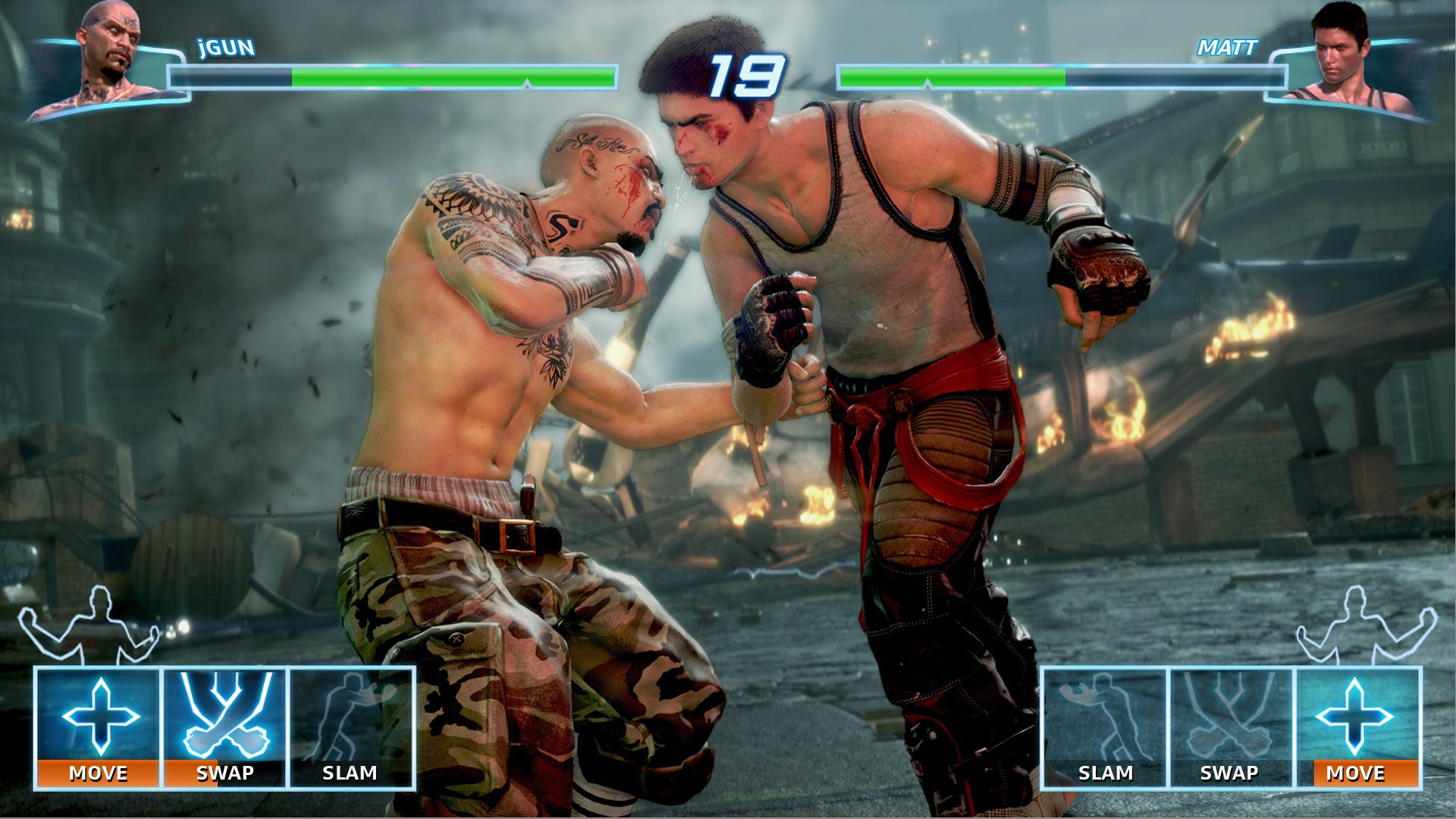The Nintendo Switch is coming very, very soon, and if you are a big Nintendo fan, you already have your own pre-ordered. So what are you going to play once you bring it home? After all, you don’t want your new piece of electronics to just sit there and look pretty. That new Legend of Zelda looks pretty good, so there’s one. And then there’s… 1-2 Switch which could be all right. And another Skylanders? And Just Dance? All in all, a dozen games or so are guaranteed to be released at the same time as the Switch. If you think that’s slim pickings, think again. Did you know that the Nintendo 64 was released with only two games? And that the Panasonic 3DO had a single game released as a launch title?
Now the Nintendo 64 and the 3DO were lucky enough that the (very few) game(s) released as launch titles were at the very least decent. Quite often, there seems to be a correlation between the number of games released alongside a new system and a game’s chances to suck. That is, the more launch titles a system has, the more likely it is for most those games to be terrible. Maybe it’s because the technology is new and hasn’t been mastered yet, or maybe it’s the frenzied rush to get a product out the door at the proper date just so a game can be first and benefit from uninformed buyers who might get overly enthusiastic with their new console.
Those are the games you will find on this list. The forgotten titles that punished the early adopters. The games supposed to exemplify a shining new technology, but which spelled regrets for those who waited in line outside of a Best Buy on release day.
These are the 25 worst launch games in history.
25 Basic Math (Atari 2600)
The Atari 2600 was a technological wonder when it was released in 1977. No longer confined to the arcade, gaming could now be enjoyed at home. And not just different variations of Pong! Atari buyers could get into their new hobby with a bunch of flashy games, such as racing game Indy 500, a tank battle game called Combat, and, uh, Basic Math.
Basic Math is a calculator simulator which is as simple as its title. The “game” asks you random arithmetic questions and you must provide the answer which you think is right. The colour of the background and of the equations changes occasionally, which is nice. There are sound effects which let you know if you answered right or wrong. There’s not a whole lot of things to do really. It’s more homework than video game.
The biggest difficulty in the game is figuring out the controls. Operating a calculator (or a reverse calculator, I guess, since you are the one providing the answers) with nothing but a joystick and one button is far from intuitive. I do not know if they ever planned a sequel, but I don’t think the world was holding its collective breath for Advanced Calculus.
24 Black Hole Assault (Sega CD)
First of all, hold on, because this is far from the last time that the Sega CD will appear on the list. Sega really wanted to go all out to demonstrate its new console’s abilities and a good way to really impress the crowd is to release a game which satisfies a fantasy that a lot of gamers seem to have. Black Hole Assault pits humans fighting aliens using giant robots as their avatars and, from that description alone, it should have been a winner. However, the game’s depiction of combat is somewhat disappointing.
As you travel through admittedly cool-looking locales, your robot jumps, kicks, and sometimes jumpkicks its way through the galaxy. Your robot has a special move, but using it depletes your energy, so why would you use it? The jumpkicks are just as effective. You would think that gigantic machines fighting each other to death would be less boring than this, but we are only at number 24 on this list. Black Hold Assault is far from the only offender here.
The only good use of the Sega CD’s technology is the anime cut scenes, which were pretty well-done for the time. On the other hand, the developers were so proud of their anime that the introduction by itself lasts almost 10 minutes.
23 Knack (PS4)
Here’s a disclaimer: Knack is not that bad of a game. The gameplay works and the main character is charming enough. However, Knack is also extremely vanilla and it was the complete opposite of what gamers expected out of a PlayStation 4 launch title. The announcement trailer made it seem like a cuter God of War (or a more bad-ass LittleBigPlanet). Instead, it was little more than a competent 3D platformer. Dare I say, it was a bit shallow.
Knack’s flaw is not that it’s ugly or that it’s devoid of fun. It’s that it looks as if all of it would have been possible on the PS3. A good launch game should show off a little bit and it should give the new console a reason to exist. It doesn’t have to be an eye-melting display of the latest graphics technology, but it should at least come up with some new tricks that weren’t possible before. Explore the new controller, use the interactivity or the new online features, anything to show the early buyers what’s new. As it is, Knack is average-to-good, but it did nothing to convince the undecided crowd, and maybe worse than that, it failed to deliver on its own promises.
22 Highlander: The Last of the MacLeods (Atari Jaguar CD)
The Atari Jaguar CD is a little-known console which barely sold 20,000 units in its lifetime. More of a peripheral than a console, it sat atop the Jaguar in the same way the Sega 32X did with the Genesis. With such a limited run, only 11 games were ever released for the add-on, a number smaller even than the Virtual Boy’s library. I imagine that the Jaguar CD owners drank up those games like thirsty desert travellers at an oasis. I can only imagine their dismay if, by chance or by choice, they ended up with Highlander: The Last of the Macleods.
Based on the animated series of the same name, Highlander stars a crudely designed 3D animated character walking amongst pre-rendered environments to solve puzzles and fight monsters. To ensure maximum uncanniness, the character was animated through motion capture, giving very slow, but very human movements to a faceless jumble of sharp polygons. Imagine a very early and much more brightly-lit version of Resident Evil. Or better yet. Imagine that episode of The Simpsons where a 3D version of Homer walks into the real world, but stretched out for hours.
21 Kileak: The DNA Imperative (PS1)
While most consoles in the mid-90s were content with having a port of Doom showing up in their lineup, Sony decided to one-up everyone with an original first-person shooter developed in-house which was released at the same time as the original Playstation. Kileak looked sleek for its time, but it was decidedly a one-trick pony. What it did, it did well, but the only thing it did was long, lifeless grey corridors.
As Matt Coda, a dude running around in an armored suit, the player is charged with exploring a bunker and its long, grey hallways. Once an entire floor has been cleared of enemies, you can find an elevator, get to the next floor, and realize that it’s the exact same very long, very grey series of corridors, only rearranged in a different order. The lack of diversity and excitement left the audience cold, and despite a sequel being released a few years later, nobody really remembers Kileak that fondly.
As for that Doom port, the PlayStation did get its own about two months later. It sold a lot more than Kileak.
20 Kabuki Warriors (Xbox)
Kabuki Warriors’ problems are very diverse. It’s a button-masher which tries to masquerade as a legitimate fighting game. It’s disarming in its simplicity, completely devoid of difficulty. It also features nightmarish wax mannequins in elaborate costumes fighting to the death. Everything about the fighters looks fake. Their skin is too shiny. When they get stabbed, they bleed in long, uninterrupted jets, like a play made by The Addams Family.
The game tries very hard to be authentic, writing the characters’ names in Japanese, and leaving a lot of menu options in their original language, but it ends up being confusing. The animation is stilted and none of the hits have any weight behind them. There’s a button that makes your character do a kabuki dance in the middle of the fight, but your adversary isn’t going to stop just because you decided you had better things to do than fighting.
Kabuki Warriors just feels unfinished. It had an idea, but it got lost somewhere during development.
19 Combat of Giants: Dinosaurs 3D (3DS)
There’s an inner child living in all of us. That child would probably still go berserk for a game which features dinosaurs fighting against a background of erupting volcanos. You can even equip the dinosaurs with weapons and armors. How awesome does that sound?
And then, the fighting starts. Your dinosaur can either bite or slowly charge at the other one. The enemy dinosaur will glow red before attacking, just to make sure that you can dodge and never lose a fight. Repeat any or all of these moves until you win. The stakes are extremely low.
Combat of Giants should have been an easy slam-dunk just with those two words: Dinosaurs and Fighting. Instead, it finds the most simplistic interpretation of its premise and never tries to get to the next level. The fighting is repetitive and the in-between is an unnecessary, tedious and aimless trek through the prehistoric land until you find your next challenger. It’s the kind of game where you need to put in some serious work to ever lose.
I remember Primal Rage being similarly disappointing as a kid, but I’d say it wins the dinosaur fighting games crown by default.
18 Donkey Kong Jr. Math (NES)
Oh man, did I love Donkey Kong Jr. as a kid. The ColecoVision port made me learn its three screens by heart before I even entered school. I would hum the music while eating my Froot Loops in the morning. When my parents brought an NES home, I was elated as I had already seen the revolutionary machine at my cousin’s place. Because we didn’t have much money for games, we rented them instead. One day, my parents showed up with Donkey Kong Jr. I was so happy! I know that one! I bet it looks even better on the NES, and maybe there’s extra levels, and maybe…
Only it wasn’t Donkey Kong Jr. at all. It was Donkey Kong Jr. Math, DK’s nerdy little brother. In this game, numbers appear at the top of the screen, and DK Jr. must get to the answer through various contrived means. So let’s say that the number “12” appears at the top. You will then navigate DK Jr. to the vine that has a “9” on it, then get the plus sign at the bottom of the screen, then make your way to the “3,” except that you accidentally caught the “7” instead, so you will make your way to the minus sign, and so on until you either die of boredom or somehow become a super genius because you helped a baby gorilla climb a bunch of vines. Math games at launch were all the rage for a while.
17 Fighting Street (TurboGrafx-CD)
The Street Fighter series has achieved legendary status over the years. The most popular entries, like Street Fighter 2, keep getting ports and re-releases because history has proven that if a new console is released, someone will buy a Street Fighter game for it. If you have been following the franchise for long enough, you’ll have noticed that the original Street Fighter never gets ported or re-released and there’s a very good reason for that. Street Fighter is not a very good game when compared to its siblings. We know that now, but the sequel had not been released yet in 1989. NEC, the TurboGrafx-CD’s manufacturer, acquired the rights to the game for release on its system and decided to cleverly rename it Fighting Street.
Featuring a red-headed Ryu, Fighting Street allows you to fight your way through a roster of characters which includes Sagat, Adon and Birdie, but which also marks the only appearances of luminaries such as Joe the karate master, Mike the boxing champion, and Lee the karate boxer. The characters are too stiff, the special moves too few, and the crisp gameplay had not been nailed yet. After such a disastrous first effort, it’s a miracle that Capcom persisted and tried again with Street Fighter 2. As for the TurboGrafx CD, I would love to say that its future was just as bright, but it never really was more than a distant third to Nintendo and Sega.
16 Red Steel (Nintendo Wii)
When the Wii was announced officially, the focus was almost entirely on its revolutionary controller. The motion sensor was said to be able to emulate whatever movements the player was making. So, Ubisoft asked, what if you hold it like a gun or like a sword? Hell, why not make a game where you have a gun AND a sword?
The concept of Red Steel is, quite frankly, exceptional. Make your way through the Japanese underworld while shooting bad guys and challenging Yakuza bosses to katana duels. Can’t really ask for more than that. Unfortunately, the Wii controller under-delivered. While it could mimic a bowling ball or a tennis racket with ease, a katana was a bit too much to ask. The controller can only detect broad swings, reducing the duels to wild arm flailing while you try to dodge your enemy’s attacks. As for the gun, it’s a bit more precise, but the game used the Wii remote as a mouse stand in, significantly slowing down your movements.
The concept would finally be fully realized three years later, as Nintendo released the Wii Motion Plus, a device actually capable of detecting precise movements. Red Steel 2 capitalized on the new technology, making the disappointment of the original a distant memory.
15 Michael Jackson: The Experience HD (PS Vita)
A dancing game on the Wii or on Kinect makes a lot of sense. You get to make a fool of yourself, but it’s fun. Porting such a game to a portable system makes a little less sense. It worked well once with Elite Beat Agents for the Nintendo DS, but Michael Jackson: The Experience never gets that balance between quirky and challenging. Even detached from the titular artist’s vibe, the whole thing is creepy as hell.
The PS Vita version, to make it unique from the other versions, was supposed to boast brand new graphics, but the characters look ghastly and ethereal. For lack of a better explanation, it looks like a Virtua Fighter dance party. Combined with the shallow gameplay, this is a game which fails to deliver on anything, but the music. It’s hard to see why anyone but a die-hard Michael Jackson fan would pick this game to go with their brand new Vita when Disgaea 3 and Ultimate Marvel vs Capcom 3 were also available.
14 Teleroboxer (Virtual Boy)
The Virtual Boy did not really have time to launch a whole lot of games in the end, so it feels unfair to pick on such a slim library. In total, only 14 games were released for the system in North America. Out of the four games to be released on the same day as the console, Teleroboxer is the best illustration of the console’s failure.
The game is a Punch-Out!!-style romp, but with robots. That sounds OK so far, except that the difficulty has been seriously ramped up, in part because of the complex controls. Also, while the headaches induced by long gaming sessions were inevitable with the Virtual Boy, Teleroboxer was certainly the worst offender. The close-up on the enemy boxer is a strain on the eyes and the reflex-based gameplay means that blinking is a risk. The result is a frustrating game that hurts your brain worst than a hook to the temple.
13 Night Trap (Sega CD)
It seems like Sega was determined to show that one of the best features of their new CD-based console was the possibility of full motion videos permeating every second of every game. Night Trap was certainly the best example of what FMV could do, but the content itself was so over-the-top campy that it became laughable. In the game, you are charged with protecting a slumber party from weird vampire-like beings called Augers. This means gruesome deaths, scantily-clad women and terrible acting. Your only job is to look through surveillance cameras and activate traps when necessary, like an early ancestor to Five Nights at Freddy's. As far as gameplay goes, it is very limited.
Despite the game’s flaws, it was insanely popular, partly because of the novelty of the technology, but also because of the controversy surrounding the game. In 1994, the game was cited in an American senate hearing on violent video games, leading to Sega stopping production of the game. The committee involved was seriously misinformed, claiming that the game encouraged the trapping and killing of women, when anyone who spent ten minutes with the game (nine of which are loading time) knows that the objective is the opposite. For a game of such poor quality, it really made everyone talk.
12 China Warrior (TurboGrafx-16)
China Warrior puts you in the role of a martial artist named Wang who has to make his way to a castle to defeat the Dark Emperor. To demonstrate the TurboGrafx’s processing power, the player’s sprite is constantly at the dead center of the screen and is significantly larger and more detailed than the standards of the day. And that’s about it for the good parts.
Gameplay-wise, Wang slowly walks, never runs, toward the right side of the screen, defeating enemies as he goes. The enemies mostly go down after one strike, making the difficulty quite trivial. This goes on and on, and the game wears out its welcome way before you reach the final boss. As far as first impressions go, the game was all right at first sight, but fell apart quickly once the controller was picked up. The action is dumbed down and repetitive, but hey, it really was pretty for 1989.
11 Ninja Combat (Neo Geo)
The Neo Geo was, and still is, a great console. It was the first one to bring an authentic arcade experience home. Games released on the Neo Geo were identical to their arcade counterparts, which is exciting, but only if the source game was any good. Thankfully, most SNK games uphold a certain standard of quality, but even some of their releases missed the mark every one a while.
Ninja Combat is a beat ‘em up which delivers on the “combat” part, but it’s nowhere near as exciting as being a ninja should be. The action is slow and plodding, and the enemies neatly line up for you, awaiting their execution. Your character is also equipped with a long sword, keeping you at striking distance almost anywhere on the screen. This relative lack of challenge is contrasted by the frustrating invulnerability of the bosses, most of which can take out your life bar with three hits or so. In the end, Ninja Combat was simply too derivative and frustrating. The Neo Geo would see the birth of many popular series later on, but this one never caught on.
10 Mobile Suit Gundam: Crossfire (PS3)
Another game featuring giant robots fighting! Mobile Suit Gundam should have been a hit, taking advantage of the PS3’s advanced graphics to depict the gigantic robots in a brand-new light. Instead, the game felt lazy and outdated, as if this was a PS2 game which had hastily been ported to the new console to cash in on the hot new thing.
Graphically, the game is at times showing fog, which would have felt at home on the Nintendo 64. The camera, in a third-person perspective, has trouble keeping up with your robot, making aiming and walking around a real pain. The levels are bland, mostly devoid of anything which would make the landscape unique. The game frankly feels unfinished and, while the potential is there, it would have benefited from being delayed for an extra bit of polish. Missing the launch window would have hopefully taken care of most of its problems, because as it is, Mobile Suit Gundam was a disappointment to early adopters who were reeled in by the promise of robots and explosions.
9 Defender of the Crown (Philips CD-i)
I’m not even sure that the Philips CD-I had any title which made it above a grade of “average.” Defender of the Crown, however, was a special kind of bad. It is a strategy game set in medieval times, where you are tasked with conquering neighbouring territories by sending your army to take over the castles. The gameplay is perhaps too simple. Point to a territory, wait while your army goes through the castle’s wall with the help of a catapult and then play a short side-scrolling portion until the place is conquered. There’s some weak resource management, some jousting as a distraction, but the game mostly consists of an endless succession of menus followed by long minutes of watching the game play itself.
While the CD-I was released in 1991, Defender of the Crown was a port of a 1986 computer game. Releasing a five-year old game already wasn’t the best way to showcase your shiny new technology, but Philips’ version couldn’t even hold up when compared to the original. The graphics, revolutionary for their time, were rich and colourful, while the ported version uses flat sprites and muted colours.
8 Mortal Kombat Gold (Dreamcast)
Mortal Kombat Gold is far from being the best regarded game in the series, but it’s better than its reputation would tell you. Yes, there are some bugs, but at its core, it’s the same Mortal Kombat that you know and love, but in 3D. The biggest problem that MKG had as a launch title is the fact that it was a misfire in terms of timeliness. Mortal Kombat did nothing to make the Dreamcast standout, offering a slightly pimped up version of Mortal Kombat 4 when a couple of stellar fighting games were released at the exact same time, both showcasing the new system in their own, better way.
Power Stone was also a launch title and was a much better example of a 3D fighting game. Also released at the same time was a little game known as SoulCalibur, a fighting game so perfect that it won Best Fighting Game at that year’s E3 and Console Game of the Year at the 2000 Interactive Achievement Awards. Mortal Kombat Gold wasn’t bad. It was just too little, too late.
7 Trevor McFur in the Crescent Galaxy (Atari Jaguar)
As the only launch game other than the pack-in software, Trevor McFur had a lot of pressure on its shoulders. If you look past the silly name, this is a run-of-the-mill side-scrolling space shooter, in the same vein (but of much different quality) as R-Type. Its flaws lie in both gameplay and presentation. Shooters like this are supposed to be frantic and exciting, but Trevor McFur trades original enemies for asteroids. Lots and lots of asteroids. Moving enemies are few and far between.
As for its presentation, the promotional material as well as the in-game cut scenes focus on Trevor McFur himself and his girlfriend Cutter, both anthropomorphic felines. McFur is a jaguar (because the Atari Jaguar team liked subtlety) and Cutter is a bobcat, or something like that. Their boss is a lion. It’s like a cat-themed Star Fox. Speaking of which, the Atari Jaguar was marketed as being a 64-bits system, all the way back in 1993, while Star Fox was released a few months earlier on a 16-bits console and featured 3D graphics. Sure, the 3D effect was primitive, but for a console supposedly four times as powerful as the SNES, the Jaguar wasn’t off to a good start.
6 Fighter Within (Xbox One)
Fighter Within wanted to take the Kinect technology away from mini-game compilations, workout titles and Just Dance sequels. A pure fighting game, it uses your own movements to control the on-screen character as you kick and punch your way to glory. At least, that was the intent, but a good concept can only go as far as the technology will take it. The Kinect, while nifty in some ways, is simply not quick enough to detect a player’s movements with accuracy in a game that relies on speed and reflexes. Whatever is happening on screen is severely lagging behind your movements, creating a disconnect which makes the game feel unresponsive.
Microsoft had promised that the Xbox One version of Kinect would perform better and be less frustrating than the first one. If they wanted a game to illustrate that, Fighter Within was a very bad choice. Maybe yet another version of Just Dance wouldn’t have been so bad after all.

